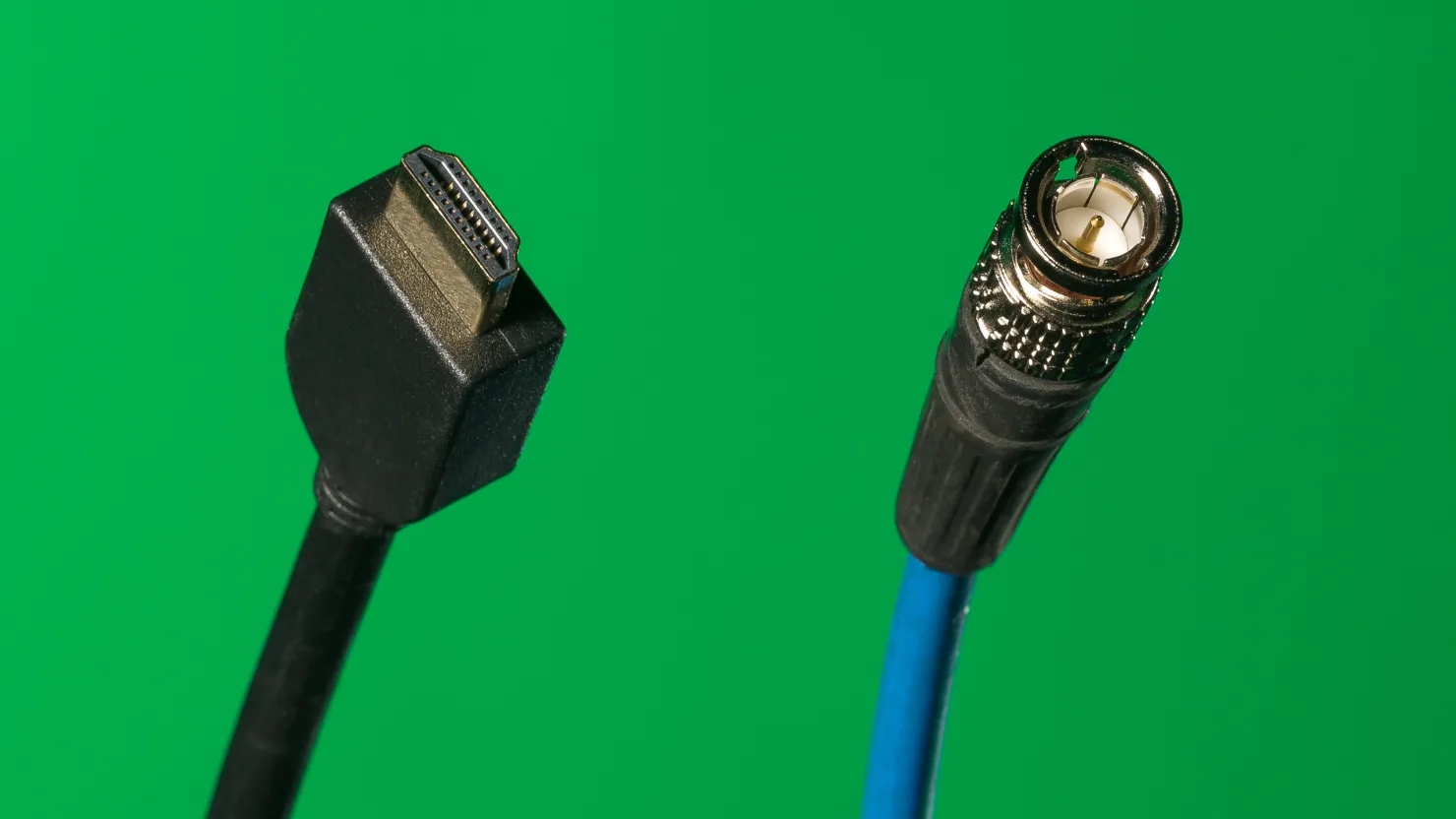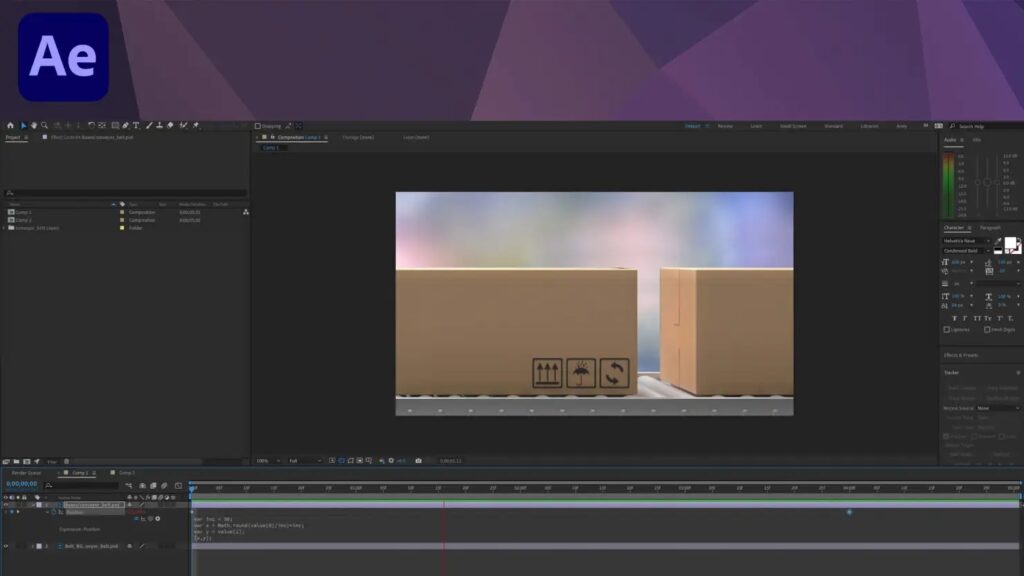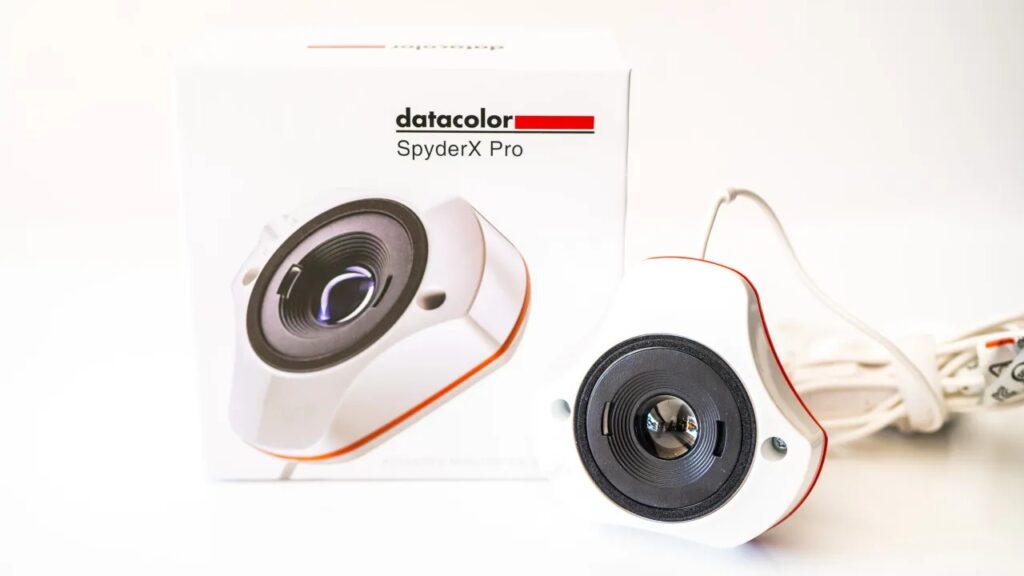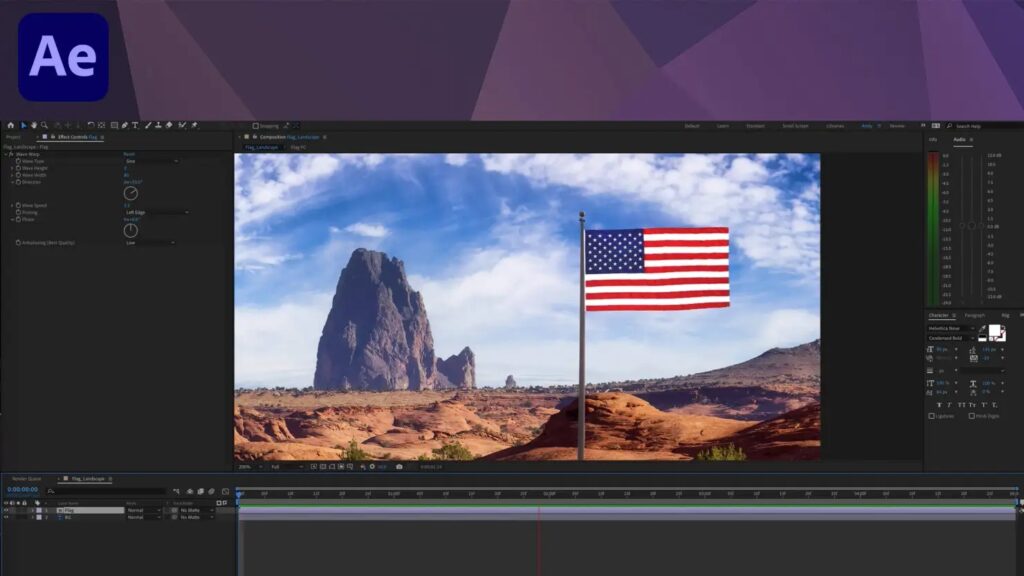
HDMI and SDI are two video interfaces used by video providers; one being intended for amateur or prosumer use while the other serving professional use. We will start by discussing SDI.
SDI (Serial Digital Interface) SDI was initially implemented by SMPTE (Society of Motion Picture and Television Engineers) in 1989.
SDI connections use single pin BNC connectors or non-locking mini BNC plugs with locking BNC connectors – commonly known as British Naval Connector (BNC), BNC was originally created when radio signal reliability on ships at sea was essential.
As higher resolution formats have been integrated into professional video cameras, SDI has transitioned into HD SDI or high-definition serial digital interface. This carries what is known as a nominal data rate of 1.485 gigabits per second (Gbps).
Dual Link SDI was initially developed to address data rates up to 2.970 Gb/s using two cables.
In 2006, 3G-SDI made its debut as an upgrade from Dual Link SDI with its return to single cable design for improved reliability and an impressive nominal data rate of 2.970 Gbps.
As more video was being shot in 4K, SMPTE approved specifications for 6G-SDI and 12G-SDI cables to accommodate them. 6G-SDI carried a nominal data rate of 6 Gbps while 12G moved 12 Gbps – accommodating high resolution and frame rates as well as larger streams of data streams. Both cables come equipped with coaxial cable made to 75-ohm for optimal performance – be sure to look for this feature before purchasing an SDI cable to ensure maximum results!
The Atomos Ninja V HDMI recorder’s SDI module enables it to output video onto an SDI monitor without transcoding HDMI signals into SDI – instead it records SDI input from any professional video camera that has SDI outputs – the BNC connector being too large to fit into today’s compact DSLRs and mirrorless cameras.
Video and Audio SDI video transmission is uncompressed and unencrypted, while its SDI audio support up to 16 discrete channels with maximum cable length being 300 meters or 980 feet; professionals prefer this system due to its locking cables allowing cameras to be up to one mile from their recorders or studios.
HDMI (High Definition Multimedia Interface) was first designed to connect DVD and Blu-ray players as well as gaming consoles to HD televisions, replacing red, white and yellow connectors typically found with VHS players/recorders.
HDMI has taken hold in high-end video as an ideal cable choice for DSLR and mirrorless cameras.
HDMI connectors come in three sizes; Type A represents full HDMI, C and D mini HDMI, respectively, all carrying equal amounts of data; with D being micro HDMI. They all don’t lock into place – here is what each looks like:



